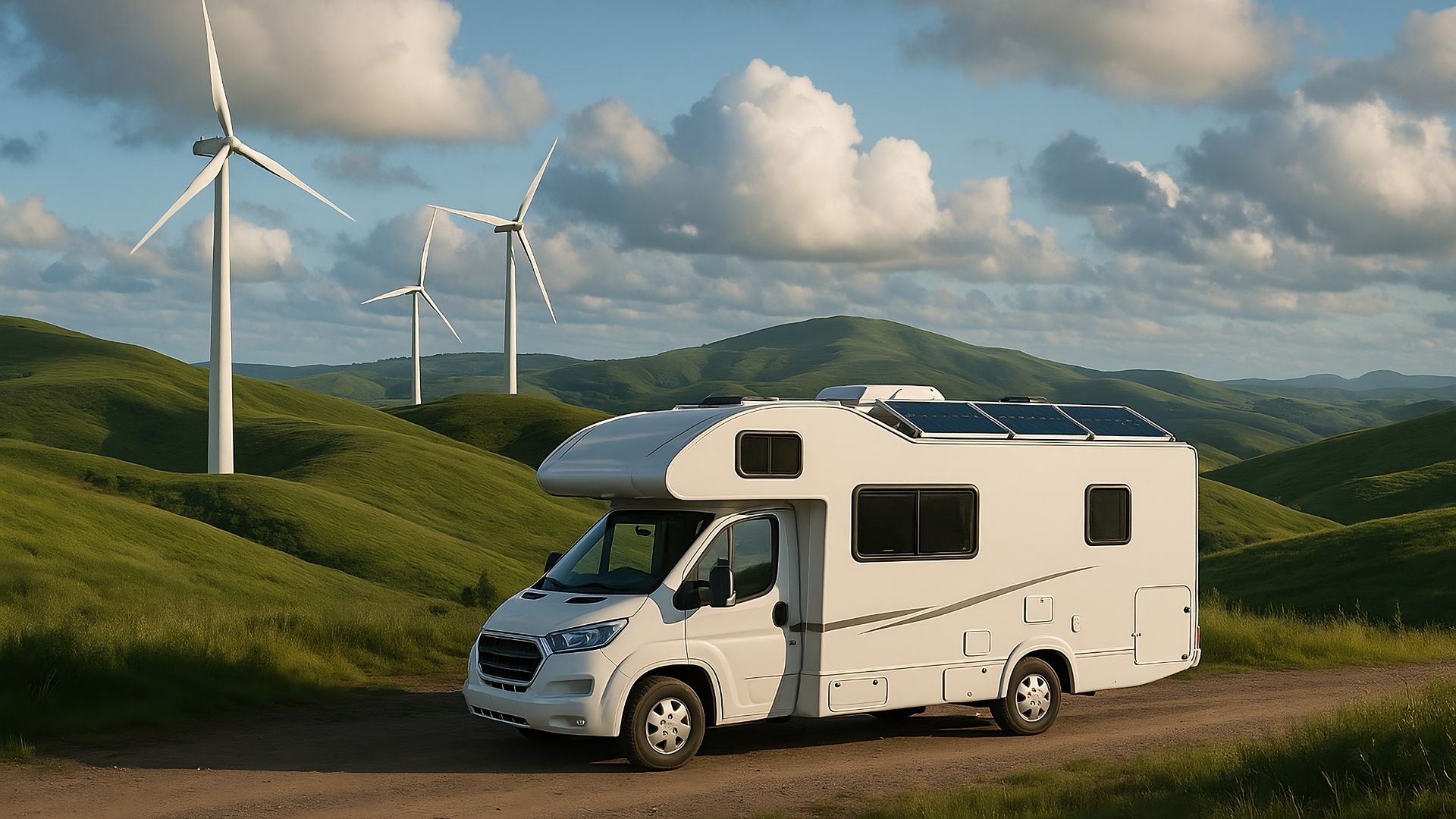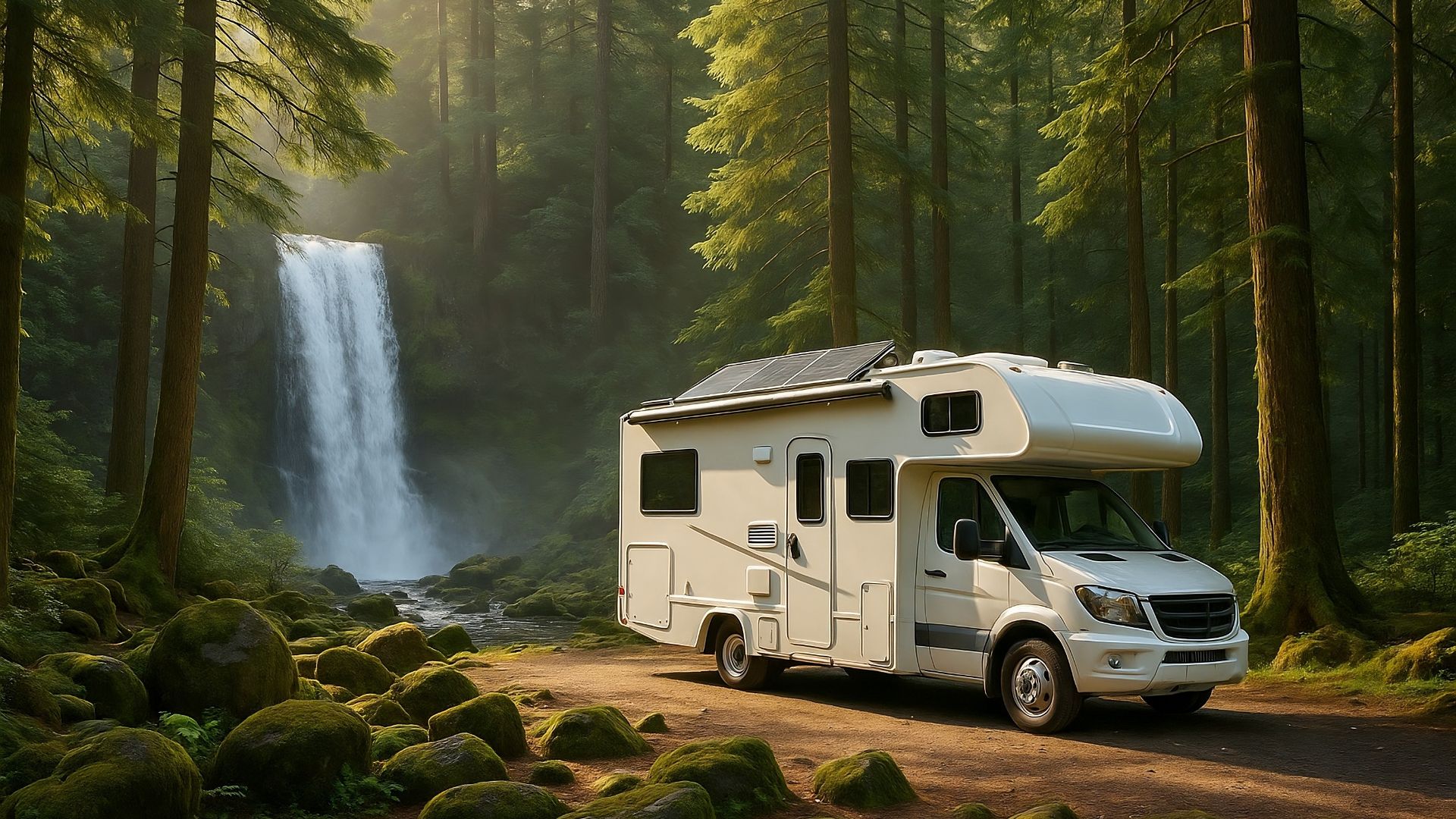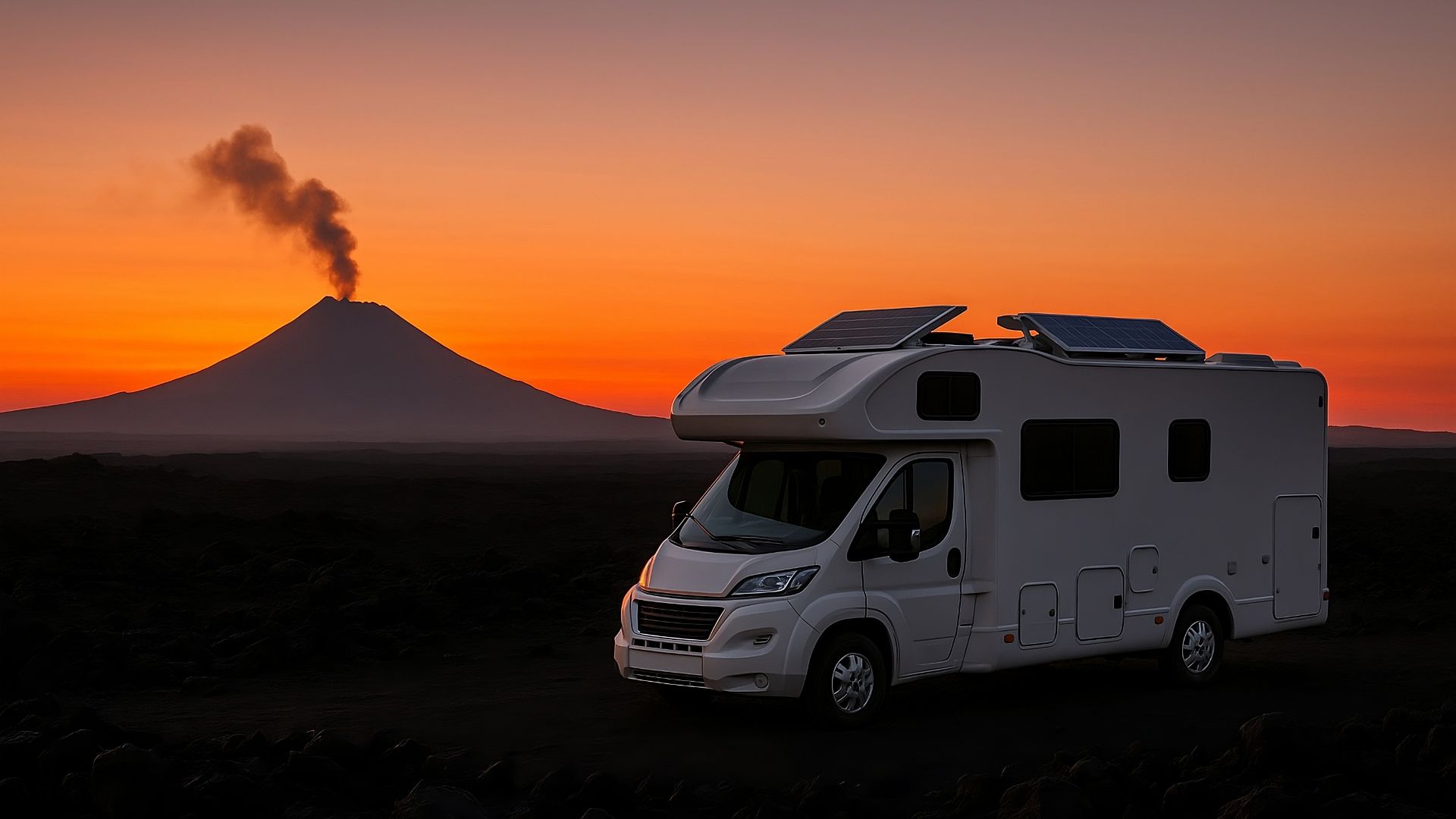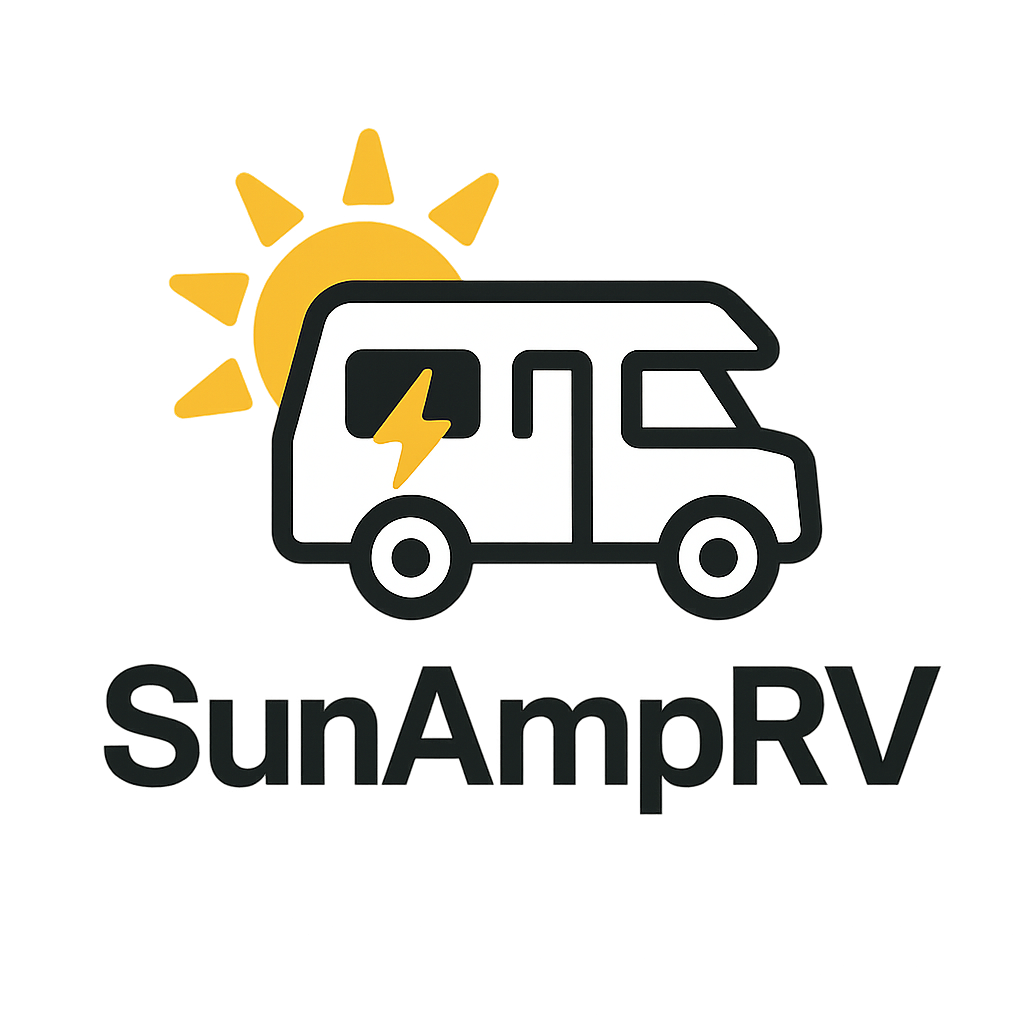
When setting up a solar power system for your RV, choosing the right charge controller is crucial. With two main types available—MPPT (Maximum Power Point Tracking) and PWM (Pulse Width Modulation)—it’s important to understand their differences and how they affect your solar efficiency.
Understanding MPPT and PWM Controllers
What is an MPPT Controller?
MPPT controllers are designed to maximize the energy harnessed from solar panels. They adjust their input voltage to harvest the maximum power and convert it to the optimal voltage for battery charging. This process ensures that your solar panels operate at their peak efficiency, especially in varying weather conditions. Consider the Victron SmartSolar MPPT 100/30 for its advanced features and reliability.
What is a PWM Controller?
PWM controllers work by directly connecting the solar panels to the battery. They reduce the voltage of the solar panel to match the battery’s voltage, which can lead to energy losses. While they are more affordable, they may not be as efficient as MPPT controllers in certain conditions.

Comparing MPPT and PWM Controllers
Efficiency
MPPT controllers can be up to 30% more efficient than PWM controllers. This is particularly beneficial in cloudy or shaded environments where solar panel output fluctuates.
Cost
PWM controllers are typically less expensive, making them a budget-friendly option for smaller systems. However, investing in an MPPT controller like the Renogy Rover 30 A MPPT Charge Controller can lead to long-term savings through improved energy harvest.
Suitability for Different Environments
MPPT controllers excel in cold, cloudy, or varying light conditions due to their ability to adjust voltage and current. Conversely, PWM controllers are more suited for stable, sunny environments.

Installation Guide for Solar Charge Controllers
Step-by-Step Installation Guide
- Choose the Right Location: Select a dry, well-ventilated area close to your battery bank for your controller installation.
- Mount the Controller: Securely mount the controller using screws or brackets as needed.
- Connect the Battery: Attach the battery cables to the controller, ensuring the correct polarity.
- Connect the Solar Panels: Connect the solar panel cables to the controller, again checking the polarity.
- Configure the Controller: Set the correct battery type and system voltage on the controller.
- Test the System: Use a multimeter to verify that the system is working correctly and efficiently.
Popular Solar Power Solutions for RVs
Complete Solar Kits
For those looking for an all-in-one solution, consider the HQST 200 W Solar Panel Kit med 30 A PWM or the BougeRV Yuma 200 W. These kits come with everything you need for a seamless installation.
Portable Power Stations
Portable power stations like the Jackery Explorer 300 Plus and EcoFlow DELTA 2 Portable Power Station offer a convenient, plug-and-play solution for those who prefer mobility and ease of use.
Conclusion
Choosing between MPPT and PWM controllers depends on your specific needs and environment. While PWM controllers are cost-effective for small systems, MPPT controllers provide significant efficiency gains, especially in challenging conditions. Assess your energy needs, budget, and typical environmental conditions to make the best choice for your RV solar setup.

Explore different options and invest in quality components like the Battle Born 100 Ah 12 V LiFePO4 Battery to ensure reliability and longevity in your solar power system.
